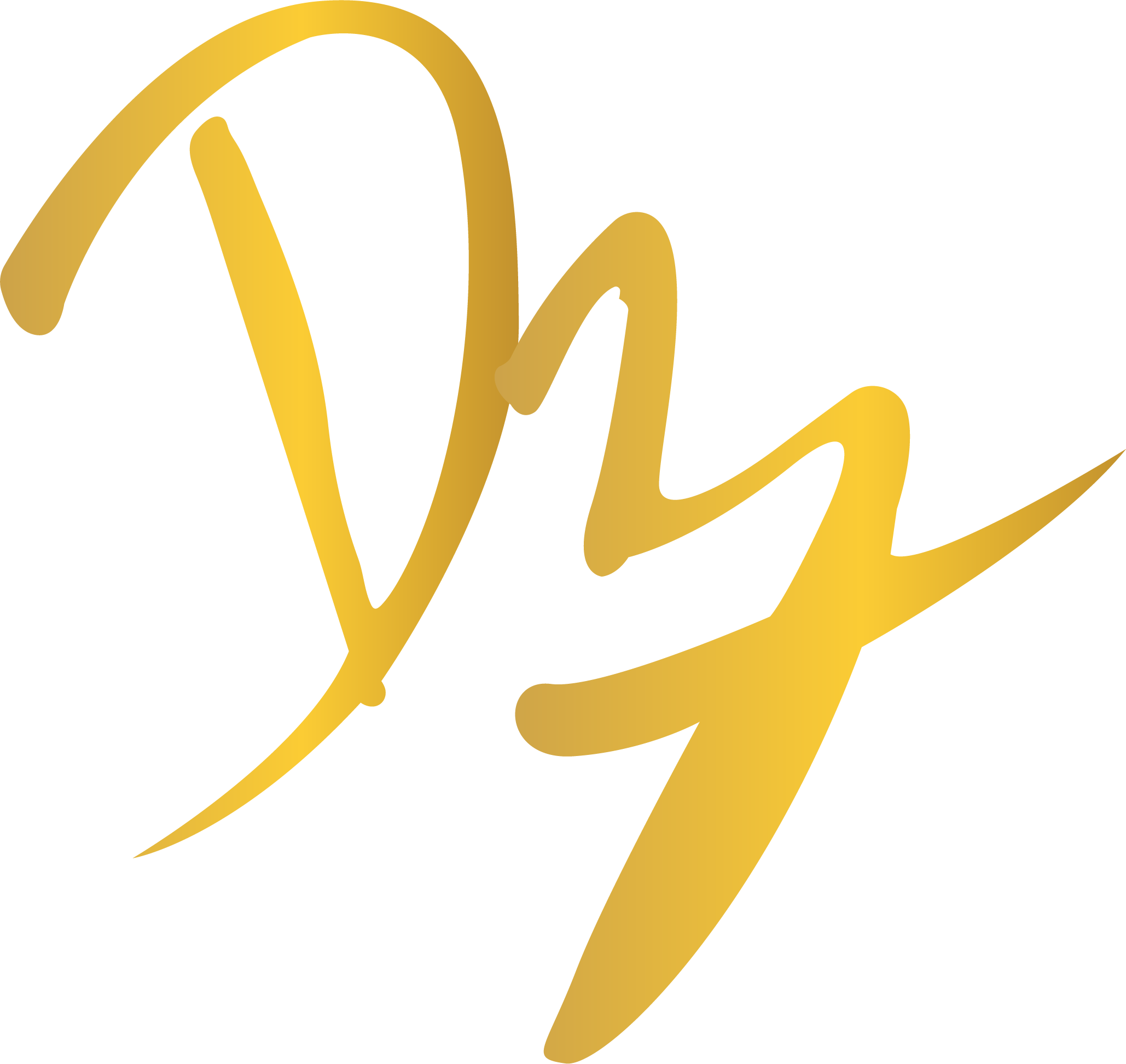
Best Content Writing Hack – No AI!
But what do you do when you’re not feeling creative enough and can’t find a single word to place on the page?
What to Do When You Can’t Write
When you want quality writing that is authentic and doesn’t involve AI-generated content, stop writing. Instead, record a video. Talk to the camera like you would with a friend about the subject. Make it conversational. Communicate how you naturally would.
You can use an outline if you want, but I find that it’s better to capture the moment. You can reverse engineer the content after you get the recording, picking out the main ideas and cutting the fat.
You can also publish the video later if you want, but you don’t have to do that. The point is getting something down in video/audio format that comes from speaking instead of writing.
1. Walk and Record a Video
Record your video when you’re on a walk. You can build it into your day by dividing this walking time after lunch. You don’t need to know everything that you want to talk about, only the main idea. Pick a core theme that you need marketing or sales copy or an idea for an article. Whatever you need in written form, a simple theme will be enough of a catalyst. You’ll be surprised at what comes.
I’ve gone on walks and had no idea what I was going to say. Fifteen minutes later, I had a detailed recording with points that seemed to come out of nowhere. There is a natural magic to walking and capturing your thoughts. It relieves the pressure of having to “write.” You’re in a different environment, using a different medium, so it removes the pressure to produce. Counterintuitively, some of my best ideas and writing have come from video recording on walks.
2. Transcribe the Audio
When you have the recorded video, transcribe the audio. There are so many free tools out there. I’ve been using TurboScribe. It works well and gives you three free transcriptions daily. The quality is excellent. You can also use the dictation feature on the cloud version of Microsoft Word.
It allows you to drop in a video or audio file, and it will transcribe it directly into the Word document. I don’t like dictating it from the computer since I can’t go on a walk. That’s why I like the ability to upload the video file itself.
Pro tip: Your video may be too large to upload it. You can extract the audio file and convert it to an mp3. I use MediaHuman for this. It’s free and lets you quickly convert any video into an mp3 file. Throw that mp3 into your transcription tool of choice to get the transcribed text.
3. Edit and Expand the Text
Copy and paste the transcription into Google Docs or Word. Edit it, expand your ideas, and then proofread everything using Grammarly. Your role now is as an editor and creative director. Since you already have something to work with, it’s much easier to make adjustments, add to the content, and polish the writing.
It’s like the time when a friend or colleague wants you to review an email. It’s much easier to proofread something that already exists versus creating it from scratch. Another thing that you may not notice is that you’re also faster at editing your friends email because you know it needs to be done quickly. You don’t overthink it.
Create the same positive urgency for yourself by using a timer for 30, 45, or 60 minutes to edit your document. Get in, make editing decisions, then get out. Creating this parameter will help you focus. If you don’t, you’ll allow yourself “more time” to make the content perfect. This is a mistake. You will perform better with constraints. Use timed intervals to jolt your creativity and decision-making. Then, publish your work where it needs to go.
Follow the Process
I’ve used this exact process to write this article. I started with a video recording I shot on a walk. The video was only two minutes long. I transcribed the text, edited it in Google Docs, and arranged everything. I used a timer of 60 minutes. I’ve got 25 minutes left, and I’m already done.
This process works well for any content you need to write: sales copy, blog article—you name it. Next time you need to write, don’t write. Follow this three-part process. Go try it for yourself.
If you want other strategies to help you produce quality work, get my book Productivity Techniques. I’m giving it away for free.
Remember, you’re only one goal away!





